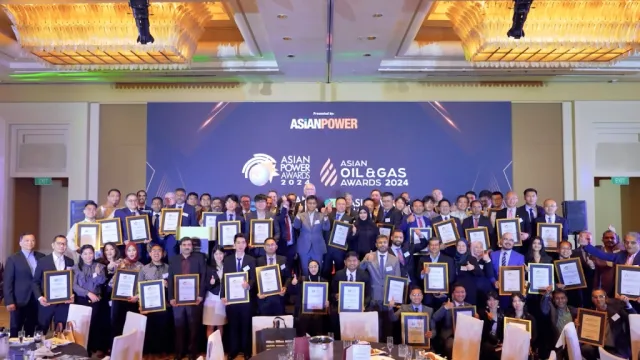Exploring ocean wave energy for climate management
By Foerd AmesAsia’s growth as international manufacturing powerhouse is in part due to low apparent energy prices, worker cost, and open-ended materials procurement. The greatest profit driver has been consistent exclusion of environmental true costs associated with handling carbon and nuclear-based emissions and waste.
Intersecting this rise are personal desires for good health, improved educational opportunities, and higher living standards that have led to a recent and rapid awareness of regional impacts due to a changing climate. For several years, the IPCC Intergovernmental Panel on Climate Change sought only to qualify climate change symptoms and whether induced by human activity or result of long term natural cycles.
Recent weather events, several fantastic and expensive proposals, and persistent voices from the minority helped redirect IPCC in its fourth assessment to begin analyzing relatively practical climate solution scenarios. This focus resulted in currently published special reports, “Managing the Risks of Extreme Events and Disasters to Advance Climate Change Adaptation” and “Renewable Energy Sources and Climate Change Mitigation”.
Becoming acknowledged is that large portion of extreme annual weather is expressed through water cycles- increased storm frequency and severity, ocean water thermal expansion, and continual record-breaking polar melt of both land and sea ice. Like a canary in a coal mine, first effects are felt by islands and coastal nations, particularly that large number in South-East Asia and Pacific region, as rising sea levels inundate low lying areas.
The aqueous portion of this very serious dilemma may be most elegantly resolved if ocean water is geo- engineered to be used as fuel source and freshwater supply. When adequate portion of desalinated, purified water is electrolyzed to produce hydrogen and oxygen gases, sequestered in power processes of human industry, resalinated and recycled, then the problem transforms to opportunity.
Toward such promising future, and for so long overshadowed by solar and wind conversion, utility–scale electrical generation from MHK marine hydrokinetics is certain to become a major energy source. In particular, ocean wave energy is finally receiving due consideration from designers and developers.
Unfortunately, short memory or “conscious ignorance” have overproduced redundant, narrow variation of previously proposed wave energy conversion technology and misplaced investment in shore and near shore barrier-type MHK installations. In 2011, the government of China awarded a substantial contract for such devices positioned along seawalls.
Equally daunting is a perception that closely located deployment of two or more unitary wave devices represents a modular system and, to date, little consideration is given to ancillary cost of power transmission and support structures not directly involved with electrical generation.
The present, industry leading technology is indeed modular and self-referencing so that support structures are not integral to its operation. This horizontally floating linear device may be appropriate for near shore venue having predictably steady unidirectional waves.
However, concerns about obstruction of competing interests and near shore biological activity have directed majority industry proposals farther offshore to deeper ocean. There, diminished efficiency of the leading technology requires availability of substantial untapped circular area, like the hands of a clock dial, for coming about to properly align with changes to prevailing wave direction.
Though the energy density of individual waves is marketable for small-scale or niche application, industrial wave energy implementation will not occur until systematic, modular, and self-referencing approaches enable conversion of large, diffuse interference wave fields. Ideally such modular systems are situated in dominantly horizontal plane within and just below the active wave zone, are easily disconnectable for servicing or replacement, and made of bio-compatible materials that enable some amount of biological growth without upsetting functionality.
Such systems may even serve a dual purpose of forming human activity exclusion zones to assist rejuvenation of ocean dead zones. Marine hydrokinetics and wave energy conversion are poised for exceptional growth when such true costs are objectively considered.




















 Advertise
Advertise








